Table of Contents
Intro:
When choosing aftermarket speakers, one of the most important decisions you have to make is matching them to your head unit. Matching the car speakers to the head unit is a process that can be tricky if you’re not sure what you are doing. It’s important to do some research and understand the basics of how it all works before making any decisions.
In this article, we will go over the basics of why you might want to match your car speakers to your head unit, and how to do it effectively.
One of our perfectly optimized content on Matching car speakers to head units goes here!
What Is a Head Unit?
A head unit is the part of a car stereo system that you see and interact with the most. It is the part of a car stereo that you see and touch. It’s the receiver of all the audio and video signals, and it’s what you use to control playback.
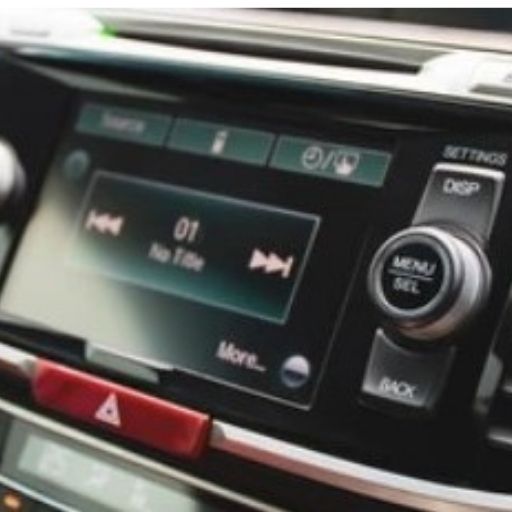
Head units come in all shapes and sizes, from tiny single-DIN units to massive double-DIN units that can control every aspect of your car stereo system.
What Are Car Speakers?
A car speaker is an electromechanical device that converts electrical energy into sound waves. Car speakers are usually attached to the front of the car near the dashboard and are designed to produce high-quality sound.
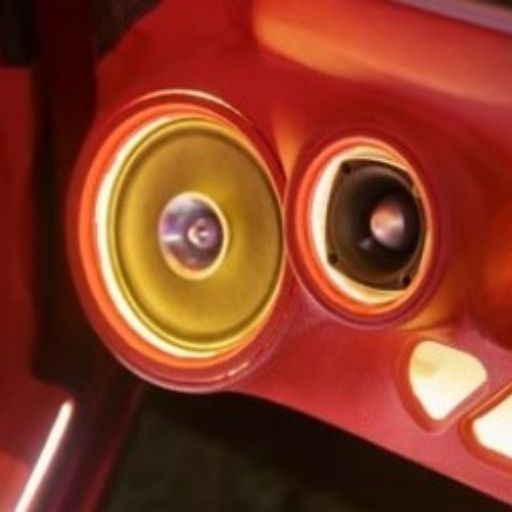
Car speakers come in a variety of sizes and shapes. Some are designed to be mounted on the door panel, while others are designed to be mounted on the dashboard or under the hood. In most cars, there are two speakers in the front and two in the back.
Why Matching Car Speakers to The Head Units Is So Important?
Matching the car speakers to head units is important because it ensures that you will get the most out of your music. If you don’t match the speakers to the head unit, the sound will be distorted and you won’t be able to hear all of the music that’s being played.
It also ensures that your car stereo system is running as efficiently as possible. When the speakers and head unit are not matched, it can cause the system to overheat and eventually break down.
If the head unit is not powerful enough to handle the new speakers, it can cause them to sound muddy or distorted.
In addition, mismatched speakers and head units can also lead to problems with the soundstage, imaging, and tonality of the system. It’s therefore important to take the time to research both the head unit and the speakers before making a purchase.
What Factors to Consider When Matching Car Speakers to Head Unit?
There are a few factors to consider when matching the car speakers to a head unit. The most important factor is impedance, which is the measure of how much power the speaker can handle. Speakers with a higher impedance rating require more power, so it’s important to make sure the head unit can provide that power.
When choosing a set of speakers, it is important to match the speaker’s power rating with the amplifier’s power output. If the power ratings are mismatched, the speakers will be damaged.
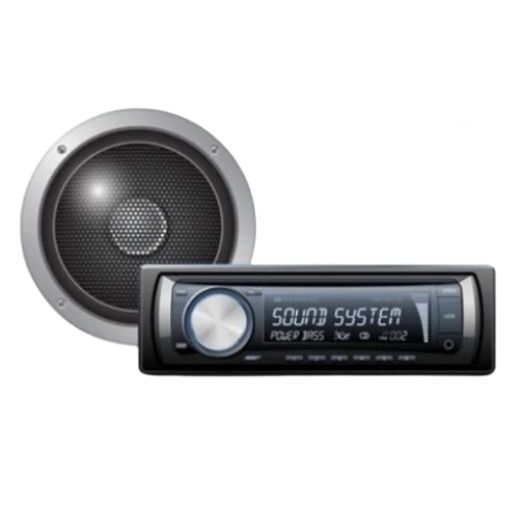
In addition, it is important to match the speakers with a high sensitivity rating to a head unit. A higher sensitivity rating means the speaker will be louder for a given amount of power, so it’s a good idea to match speakers with a high sensitivity rating to the central unit.
With the impedance, you also have to consider speaker size, frequency response, and power handling. Larger speakers can handle more power and produce lower frequencies, while smaller speakers are better suited for high frequencies.
You also have to make sure the frequency response of the speakers matches that of the head unit. Finally, you have to decide what type of speaker you want: coaxial, component, or full-range.
There are a few different types of car speakers to choose from: component speaker, coaxial, and full range. Coaxial speakers are the most common and least expensive, and they consist of a woofer and a tweeter in one unit.
Component system/speakers have separate woofers, tweeters, and crossovers, which gives you more control over the sound. Full-range speakers include the woofer, tweeter, and crossover, but they also have a midrange speaker.
A component system is also a bit more expensive than coaxial speakers, but the difference is usually not too drastic. And the coaxial speakers are not as good as component speakers.
The biggest advantage of a component speaker is that the tweeter, midrange, and woofer are all separate units. This means that you can place them in the best location for each respective frequency.
With coaxial speakers, the tweeter and woofer are combined in one unit, which necessitates that they are placed near each other. This can often lead to sound quality issues.
Component speakers are also a bit more expensive than coaxial speakers, but the difference is usually not too drastic. And the improved sound quality is definitely worth the extra expense!
How Do You Match Car Speakers to Head Units?
There are a few things to consider when matching aftermarket car speakers to the central stereo unit. The most important factor is impedance, which is measured in ohms. The lower the impedance, the easier it is for the central unit to power the speakers. Most head units can handle between 4 and 16 ohms. If the ratings don’t match, the central stereo unit may not be able to power the speakers, or they may sound distorted.
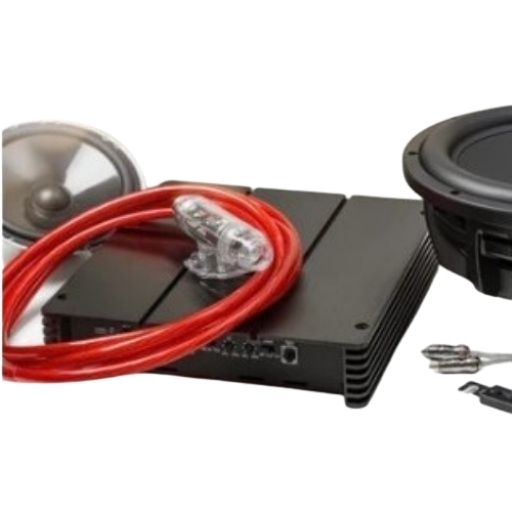
There are three main types of aftermarket speakers: low impedance (4 or 6 Ohms), high impedance (8 or 16 Ohms), and dual voice coil (DVC) (2 or 4 Ohms per coil). The vast majority of factory head units are 8 Ohm impedance, so it’s important to match the impedance of the new speakers with the factory central unit.
If you have a low impedance unit (4 or 6 Ohms), then you should buy low impedance speakers (4 or 6 Ohms). If you have a high impedance central unit (8 or 16 Ohms), then you should buy high impedance speakers (8 or 16 Ohms).
Another thing to consider is sensitivity. This rating measures how much power the speaker needs to produce a certain volume level. A higher sensitivity rating means the speaker will be louder with less power. When choosing a speaker, sensitivity should be one of your top considerations.
Sensitivity is measured in decibels (dB) and is the amount of power a speaker needs to produce a certain volume level. A higher sensitivity rating means the speaker will be louder with less power. This is important because it means you don’t need a lot of power to get a loud sound. This is beneficial if you’re using a portable speaker or if you don’t have a lot of power available.
Finally, you have to match the size of the speaker to the size of the opening in the dashboard. If the opening is too small, the speaker will be cramped and it will not sound as good as it could. If the opening is too large, the speaker will look and feel out of place.
you also have to match the speaker power with your central unit’s power. The more power a speaker has, the more it can handle without distorting the sound. Most head units have a built-in amplifier that provides between 18 and 50 watts per channel.
You can also find amplifiers that will give you more power, which is especially important if you have high-performance speakers.
Most head units have a power output of around 50 watts RMS. If you want something that is a little more powerful, you can find head units that offer up to 100 watts RMS.
How to Determine Impedance?
Impedance is a measure of how much opposition a circuit presents to the flow of alternating current. It is measured in ohms. In order to determine impedance, you need to know the resistance and reactance of a circuit. Resistance is the opposition to direct current, while reactance is the opposition to alternating current.
When matching an amplifier to a loudspeaker, it is important to select an impedance that will not overload the amplifier or cause the loudspeaker to be underpowered. The amplifier’s impedance should match the loudspeaker’s impedance as closely as possible.

There are two ways to determine impedance: by measuring it or by calculating it. To measure impedance, you need an impedance meter. An impedance meter sends a current through the loudspeaker and measures the voltage drop. This voltage drop is proportional to the impedance of the loudspeaker.
To calculate impedance, you have to know the loudspeaker’s electrical parameters. The most important electrical parameter is resistance. The resistance is the only parameter that is frequency-dependent. Other parameters, such as the inductance and capacitance, are not frequency-dependent. You can calculate the impedance of a loudspeaker if you know the resistance, inductance, and capacitance.
How to Determine the Sensitivity Level
There are a few ways to determine the sensitivity level of your car’s speaker. One way is to look at the speaker itself. The sensitivity rating will be printed on the speaker, and it will usually range from 85 to 95 dB.
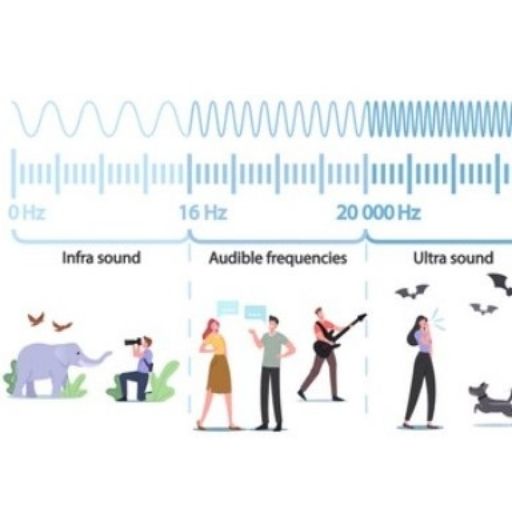
Another way to determine the sensitivity level is to use a sound meter. This can be done by either downloading an app or using a physical meter. When testing the car’s speaker, hold the meter or phone close to the speaker and measure the decibels at different frequencies.
How to Determine the Wattage
There are a few ways to determine the wattage of your car’s speaker. You can use a multimeter to measure the voltage and current going to the speaker, or you can remove the speaker and measure the impedance. You can also use Ohm’s law to calculate the wattage.
How to Determine the Frequency Resonance
There are a few ways that you can determine the frequency resonance of your car speaker. One is to measure the speaker itself. Most car speakers have a marking on them that indicates the resonant frequency. You can also find this information in the manufacturer’s specifications.
Another way to determine the frequency resonance is to measure the distance between the speaker and the head unit. This is generally done in inches. To do this, you will need a ruler or a measuring tape, and you will need to measure from the center of the speaker to the center of the head unit.
Full Range Speakers Vs Other Speakers:
There are a few things to consider when choosing speakers to match with the head stereo unit. The most important factor is the range of the speaker. A full range speaker will cover the entire frequency range, while other speakers may have a limited range.
There are many different types of speakers on the market, and it is difficult to decide which set is right for you. Full-range speakers are a great option for those who want quality sound without having to purchase a separate amplifier.
Full-range speakers are designed to work with a default stereo unit, meaning that they will produce sound at all frequencies when connected. This makes them a good choice for those who want an easy installation and don’t want to have to worry about matching the speaker to the amplifier.
Full-range speakers are available in both component and coaxial styles. The component speaker system also offers the best sound quality because they have separate woofers, tweeters, and crossovers. Coaxial speakers are more common and are easier to install, but they don’t sound as good as the component speaker systems.
Tips on Matching Car Speakers to Head Units
When you are looking to buy new car speakers, the process can seem daunting. There are so many different types of speakers on the market, and it can be hard to know which ones will fit your car and sound the best.
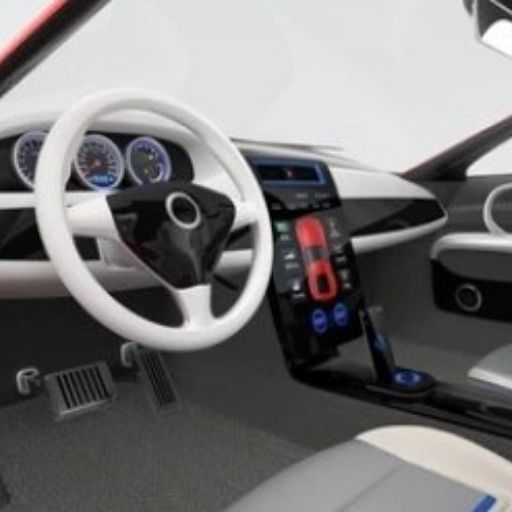
Here are a few tips to help you choose the right speakers for your vehicle.
The most important thing is to make sure that you have a good system that can handle the power. If you don’t match the power handling of the speakers to the central unit, you can damage both the central unit and the speakers.
Find out what type of central unit your car has. Most cars have either a 6- or a 12-volt unit. You will need to purchase speakers that are compatible with the voltage of your head system.
Next, determine the size of your speaker. This can be done by measuring the diameter and depth of your speaker’s basket. Once you have those measurements, you can use a speaker size chart to find the best match for your vehicle.
Be sure to match the power handling, impedance, and frequency range of the speakers to the unit. If you don’t match them correctly, the central unit may overheat, leading to damage.
In addition, be sure that the speaker size is appropriate for the location in which it will be installed. If the speaker is too small or too large, it may not sound right.
What Could Happen with a Low-Powered Head Unit?
There are many people who are looking for a low-powered central unit to use in their car. A low-powered unit is a great way to save on power and keep your car running smoothly. Low-powered head units are slowly but surely starting to take over the car audio market. What could this mean for the future of car audio?
There are a few reasons why low-powered head units are becoming more popular. The first is that they’re more affordable than traditional head units. They also use less power, which is great for cars that are limited on battery power or fuel economy. Low-powered head units also tend to be smaller and lighter, making them easier to install in tight spaces.
The downside of low-powered head units is that they don’t offer as much functionality as traditional head units. They also don’t sound as good, which is why they’re not as popular among audiophiles. But for people who are looking for a simple, affordable way to get more out of their car stereo system, low-powered head units are a great option.
If you have a low-powered central unit, then you should look for a speaker with high sensitivity. This is because a speaker with high sensitivity will require less power to produce the same volume as a speaker with low sensitivity. This is important because a low-powered unit will not be able to produce a high volume level if it is paired with a speaker that has low sensitivity.
Car Speaker’s Wattage Vs Head Unit Wattage:
The explanation for that subtitle is a little complicated. The wattage on your car speaker is the power it takes to move the speaker cone. The higher the wattage, the more power the speaker will have.
However, the wattage on your main unit is what actually powers the speaker. So, if you have a unit with 100 watts of power and you have speakers with a wattage of 50 watts, you will only be using 50 watts of power. The higher the wattage on your main unit, the more power it will send to your speakers.
Does it Mandatory to Match the Wattage of the Car Speaker with the Head Unit?
Speaker watts: Speakers with a wattage rating of less than 25 watts are best for personal use. Speakers with a wattage rating of 50-75 watts are good for small to medium-sized rooms. Speakers with a wattage rating of 100 watts or more are good for large rooms
Head Unit speaker: When choosing the main unit, it’s important to know how many watts your car can handle. Most head units are between 4 and 50 watts. If you have a low-powered car or an older model, you’ll need a unit with 4 to 20 watts. If you have a high-powered car or a newer model, you’ll want a head unit with 25 to 50 watts.
Some people believe that it is necessary to match the wattage of the car speaker with the head unit, while others think that it is not necessary as long as the quality of the sound is good.
Some people believe that it is important to match the wattage of the car speaker with the head unit in order to avoid damaging either of the devices. Others believe that as long as the quality of the sound is good, it does not matter if the wattage of the car speaker is different from that of the head unit.
There are pros and cons to both sides of this debate. On one hand, if you have a car speaker that is too powerful for your head unit, it could potentially damage the head unit. On the other hand, if the wattage of your car speaker is not powerful enough, the music quality will not be as good.
The truth is that either option can work as long as you are happy with the sound quality. If you have a powerful car speaker and a weak head unit, you will unable to enjoy smooth music from your car stereo system.
FAQs:
How Do I Match My Speakers to My Car Stereo?
The most important factor is power. Your speakers need to handle the power your car stereo is putting out. If they can’t, you’ll end up with blown speakers. The next thing to consider is impedance. Match the speaker’s impedance with the head unit.
The final thing to consider is frequency response. If you’re looking for a full-range speaker, it will need to reproduce sound frequencies from 20Hz to 20,000Hz. Most car stereos only reproduce sound frequencies up to about 15,000Hz, so get a speaker that has a frequency response of at least 20Hz-15,000Hz to get the best sound.
Does A Head Unit Affect the Speaker Quality of Your Car Audio System?
The head or central unit is the part of the car stereo system that receives and processes audio signals. It sends these signals to the amplifiers, which then send them to the speakers. The type of central unit you have can make a big difference in the quality of sound you hear.
Some head units are better at processing audio signals than others. They have more power and a better sound system. If you want to get the best sound from your speakers, you need to make sure that your central unit is capable of doing so.
How Do I Choose the Right Speaker for My Car?
If your speaker properly matches your head unit, that means you have chosen the right speaker for your car. And for doing so, you need to match the speaker size, type, impedance level, sensitivity, frequency resonance etc.
How Do You Match Front and Rear Speakers?
There are a few ways to match front and rear speakers, including using the same speaker, using a speaker with the same impedance, or using a speaker with the same frequency response. You can also use a crossover network to split the signal and send it to different speakers.
Conclusion
When it comes to matching the car speakers to the head unit, you first have to understand why this is so important. The head unit is the centerpiece which is responsible for playing music, controlling settings, and more.
If you don’t match your car speakers to your head unit properly, you’ll likely experience a number of problems. Poor sound quality is the most common issue. You may also experience distortion, static, and other audio issues.
So that all on Matching Car Speakers to Head Unit. If you think we have written properly, please leave us a comment!

